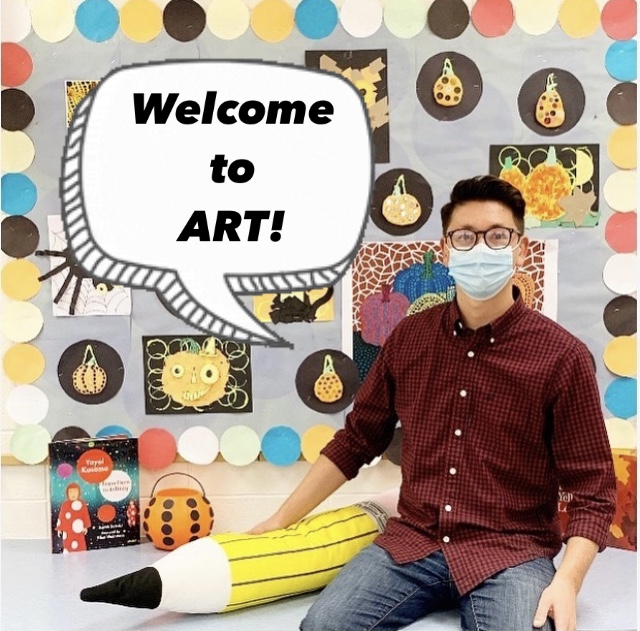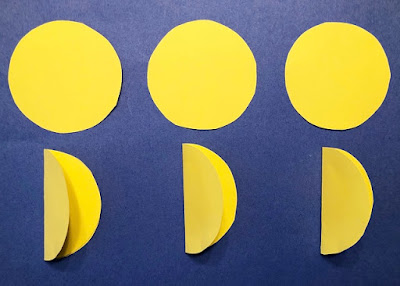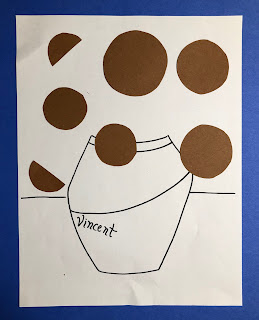Welcome to Remote Art Class with Mr. Giannetto
2021-2022 School Year
Scroll down to view art projects and resources for Week 4.

STEAM Challenge: Build a Boat
Build a boat for a small toy figure. The goal is to keep the toy safe and dry! You also need to keep the boat afloat. Weight, balance, and the design/construction of your boat are all important factors to keep in mind.
STEAM (Science, Technology, Engineering, Art, and Math) exploration boosts the development of critical thinking skills, problem solving skills, hands-on learning, and creative thinking.
Materials: small toy figure, paper plate, tape, scissors, a large bowl, sink, or tub of water
Optional Building Materials: cereal box, paper tubes, tinfoil, paper cup, straws, bubble wrap, construction paper, water bottle, etc.
Warm up: Pick a small toy figure from your collection and identify the type of boat that you would like to make. Recall different types of boats such as sailboat, cruise ship, rowboat, canoe, speed boat, etc.
Identify parts of the boat that you will need to make, including the sails of the boat, the bottom of the boat, and railings to keep your toy safe.
Step 1: Begin to build your boat. Make sure to create all the parts of the boat you named earlier. Each boat will be one of a kind! Have fun and try different ideas!
Step 2: Put your boat into the water and add the toy inside.
Oh no! My toy figure fell into the water! Yikes! My boat is sinking! That’s okay! We can learn from our mistakes and try again.
What type of boat did you make?
What was the most challenging part of building the boat?
Did your toy figure stay dry?
Vincent van Gogh Sunflowers
Earlier in the school year we created our own Starry Night landscape based on the artist Vincent van Gogh's famous painting. We used black tempera paint and oil pastels. We tried to represent van Gogh's style of art by focusing on bright colors, movement, and layering dashes of color to mimic the thick paint on the canvas.
Warm up: Recall the trick that Mr. G taught you to remember the artist's name.
Point to Mr.G (my first name is also Vincent). Use your hands to pretend you are driving a van. Lastly, press your foot on the pedal to make the van Gogh!
Vincent van Gogh
Today we're going to look at Vincent van Gogh's series of Sunflower paintings.
What do you see when you look at the painting? What do you smell? Can you find flowers in all stages of life including flower buds, blooms, and wilting flowers? Why are some of the flowers drooping?
Materials: construction paper, scissors, glue stick, crayons
Step 1: Print out this vase pdf or draw one of your own.
Step 2: Cut out 4-5 small brown circles. Cut one of the circles in half. Glue them to the vase paper to create the center of each flower. Be sure to space them out. The half circles will be used to create a bloom in profile.
Step 3: Cut stems, leaves, and triangles.
Step 4: Begin to glue the stems to each flower. It's a nice idea to sneak the end of the stem a bit under the brown circle. Next, glue a few leaves to each stem. Finally, glue the triangles around each brown circle to create petals. To create a pop up petal, glue the base of the triangle down and bend up the remaining portion. On the brown half circles add a few triangles to the flat side to create a bloom in profile.
Step 5: Color the vase and the background.
Talk About Art
What type of flowers did you create?
Name the artist that goes along with the lesson.
How many buds, blooms, and wilting flowers do you see in your work?














































